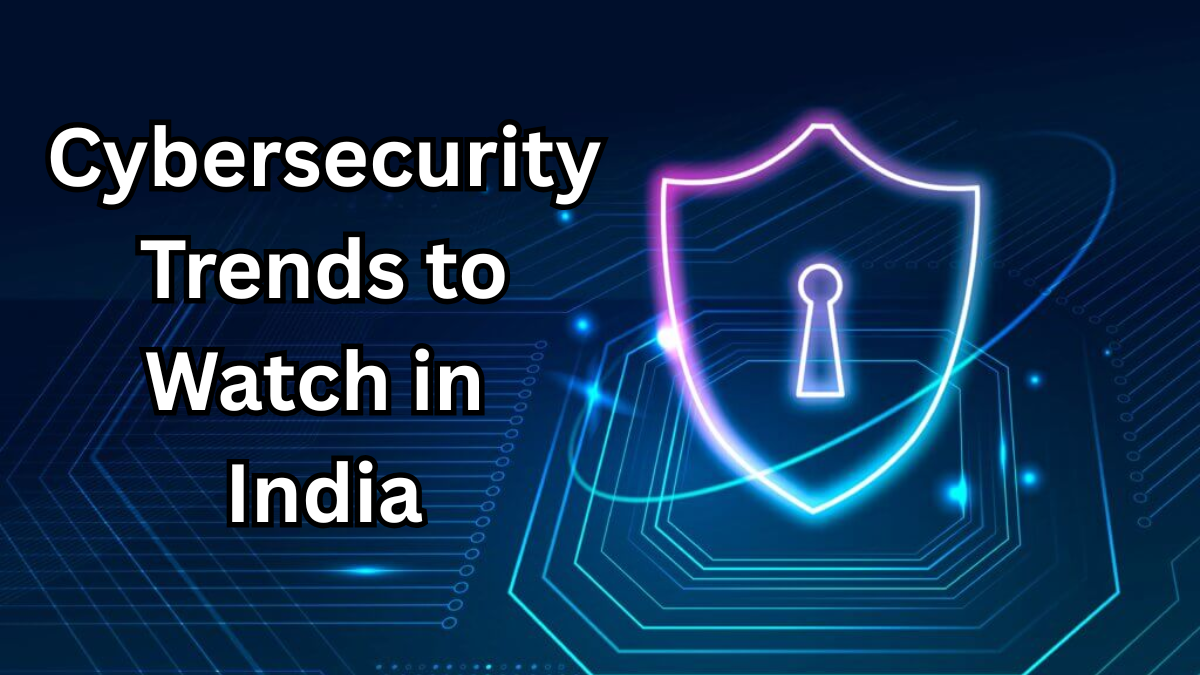As we step into 2025, the digital landscape in India continues to evolve at an unprecedented pace. From growing adoption of AI-driven systems to expanding cloud infrastructure, the opportunities are limitless — but so are the risks. Cybersecurity is no longer an optional investment; it’s a necessity. Understanding the Cybersecurity Trends 2025 can help individuals, businesses, and government agencies stay ahead of threats and adopt robust threat detection tools for protection.

Why 2025 is a Crucial Year for Cybersecurity in India
India’s rapid digitalization has transformed everything — from financial transactions to healthcare records and even personal data management. However, this rapid growth has also created an attractive target for cybercriminals. Cyberattacks are becoming more complex, and traditional methods of protection are no longer enough.
In 2025, organizations are expected to invest heavily in threat detection tools, AI-driven monitoring systems, and zero-trust frameworks to protect against ever-evolving threats.
Key Cybersecurity Trends 2025 in India
AI and Machine Learning in Cyber Defense
-
AI is reshaping how organizations detect and respond to threats.
-
Machine learning algorithms help identify anomalies and block suspicious activities in real time.
-
Companies are prioritizing AI-integrated threat detection tools for faster incident response.
Zero-Trust Security Models
-
The “never trust, always verify” approach is becoming mainstream.
-
Every user and device accessing a network will undergo continuous authentication.
-
This model minimizes the chances of insider attacks and unauthorized access.
Rise of Cloud Security Solutions
-
With cloud adoption on the rise, businesses are investing in cloud-specific security strategies.
-
Advanced encryption and multi-factor authentication (MFA) are now standard.
-
Cloud-based threat detection tools ensure constant monitoring of virtual infrastructures.
Strengthening Endpoint Security
-
Remote work has expanded the attack surface for hackers.
-
Organizations are upgrading endpoint protection using next-gen antivirus and automated patch management.
-
Focus is shifting toward proactive identification of vulnerabilities in devices.
Regulatory Compliance and Data Privacy
-
Stricter regulations on data protection are pushing companies to follow global cybersecurity standards.
-
Compliance frameworks like GDPR and India’s Digital Personal Data Protection Act are influencing IT policies.
Cybersecurity Strategies for 2025
| Strategy | Why It Matters |
|---|---|
| Implement AI-Driven Security | Detects and neutralizes threats in real time. |
| Adopt Zero-Trust Frameworks | Prevents unauthorized access across networks. |
| Invest in Cloud Security | Protects growing digital infrastructure. |
| Upgrade Threat Detection | Enhances early detection of advanced attacks. |
Why Threat Detection Tools Are More Important Than Ever
In 2025, the complexity of cyber threats means that relying on traditional defenses is no longer enough. Threat detection tools are critical for:
-
Identifying suspicious activities quickly.
-
Automating incident response to minimize damages.
-
Providing real-time insights for IT teams to act faster.
Final Thoughts
The Cybersecurity Trends 2025 clearly show that the future belongs to organizations that prioritize proactive security measures. Whether it’s integrating AI, adopting zero-trust, or investing in cutting-edge threat detection tools, staying vigilant is the only way forward.
FAQs
1. Why are Cybersecurity Trends 2025 important for businesses?
They help businesses prepare for emerging cyber threats, implement proactive measures, and minimize security risks.
2. What role do threat detection tools play in cybersecurity?
They detect unusual activities in real time, helping prevent data breaches and enabling faster responses to incidents.
3. How does a zero-trust model improve security?
It ensures every user and device is verified continuously, reducing risks of unauthorized access or insider threats.
4. Is AI replacing traditional cybersecurity methods?
Not entirely. AI enhances traditional defenses by providing predictive analysis and faster detection of sophisticated attacks.
Click here to learn more
